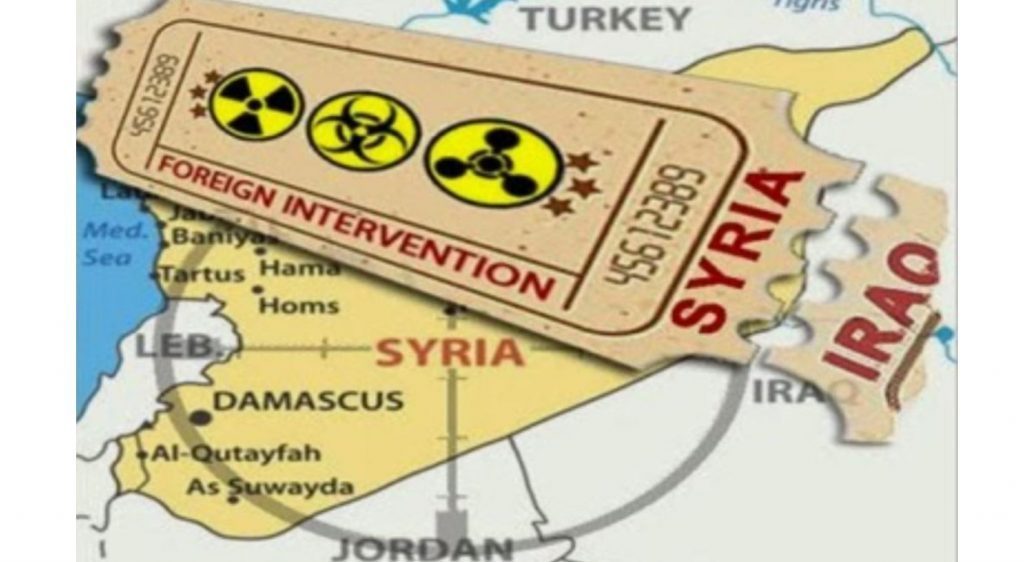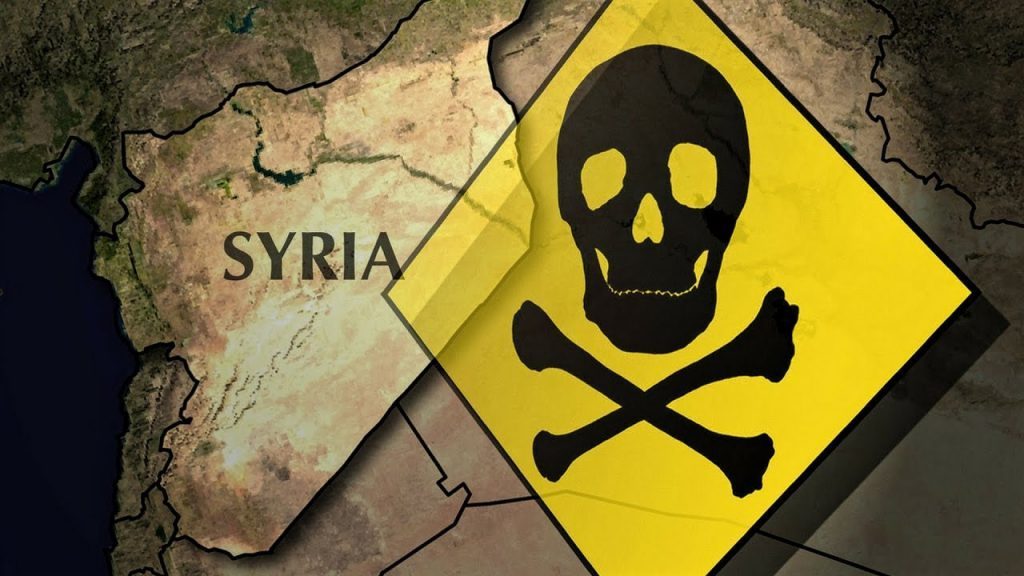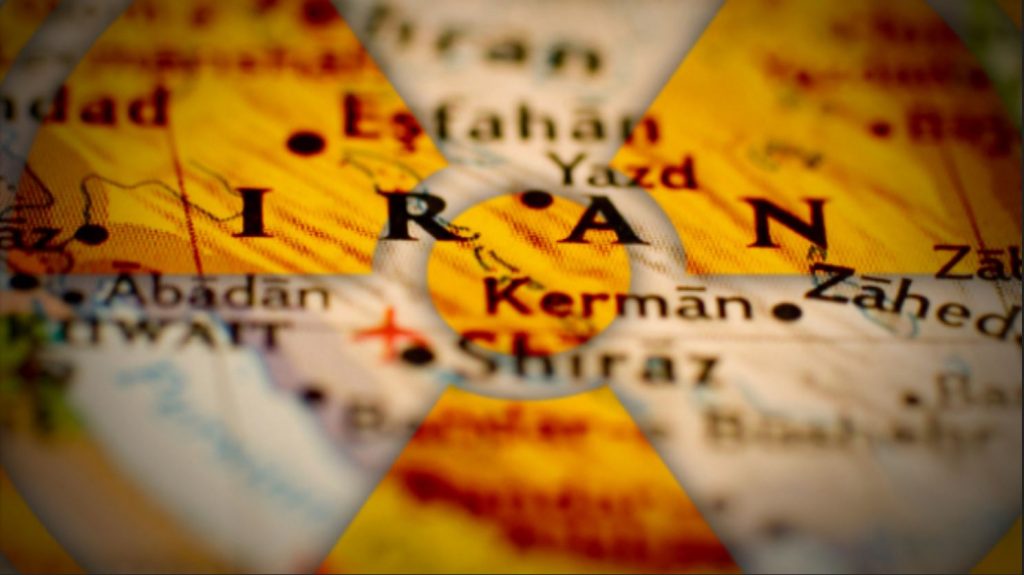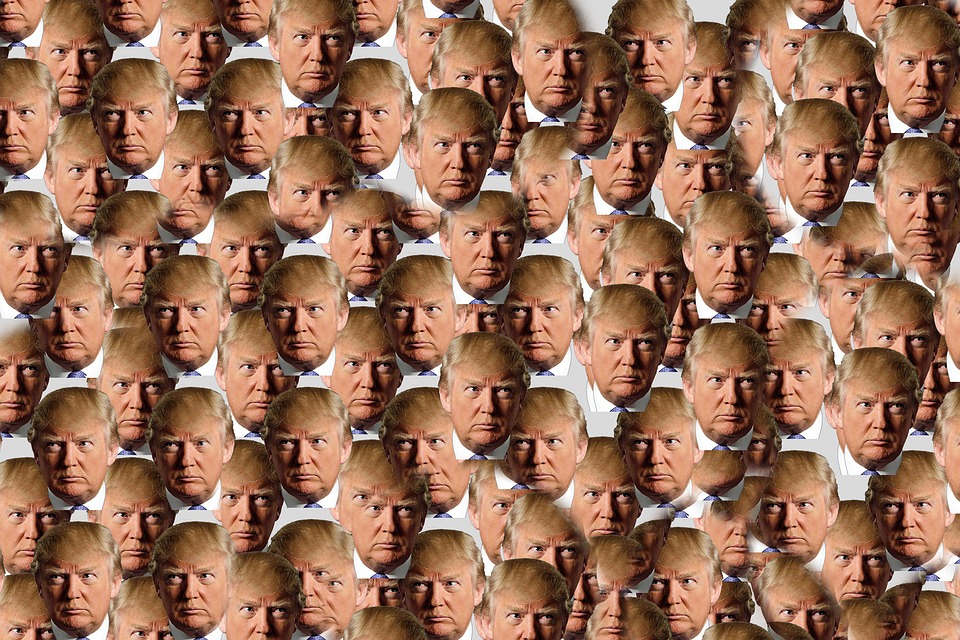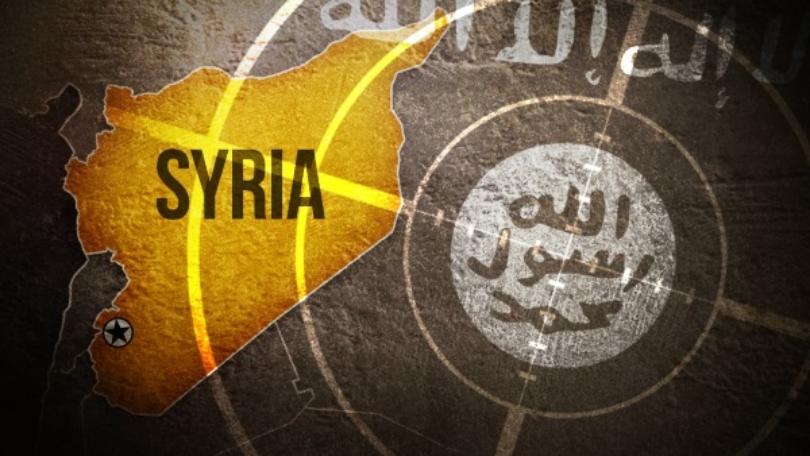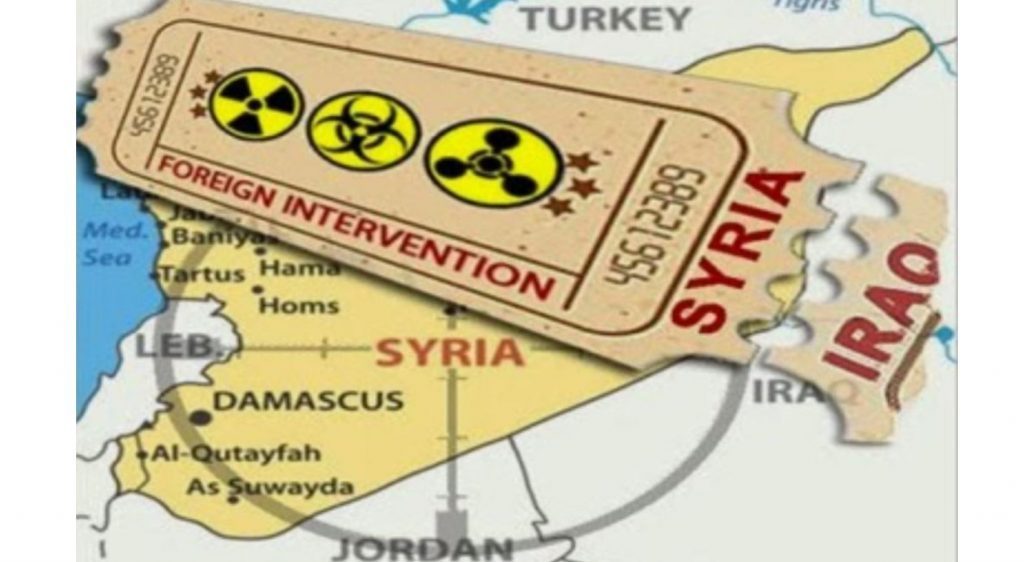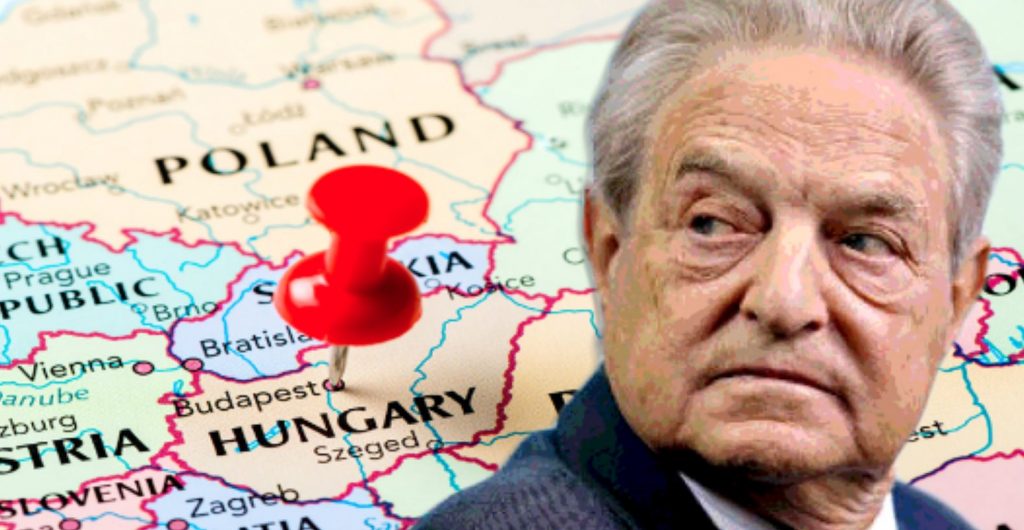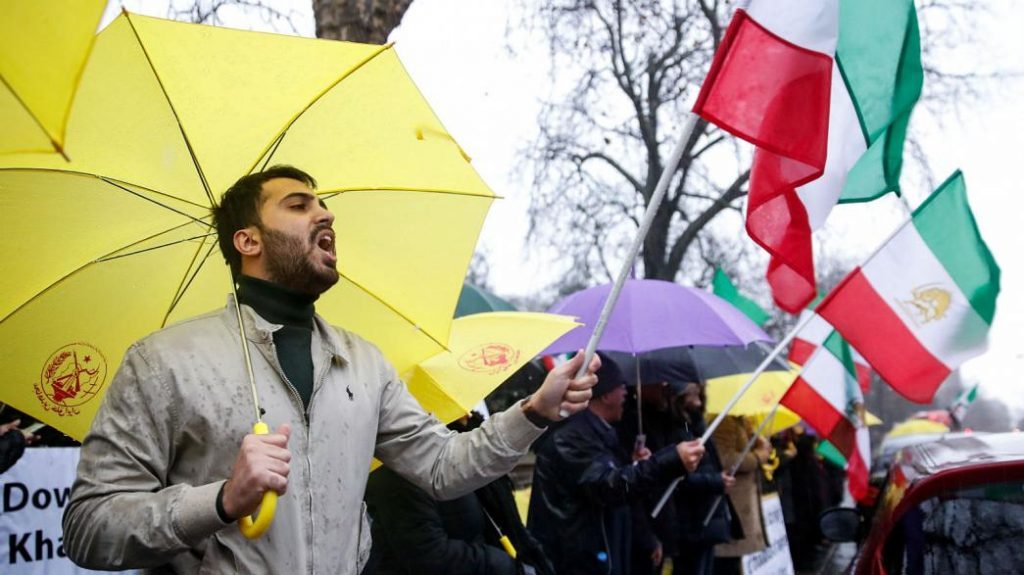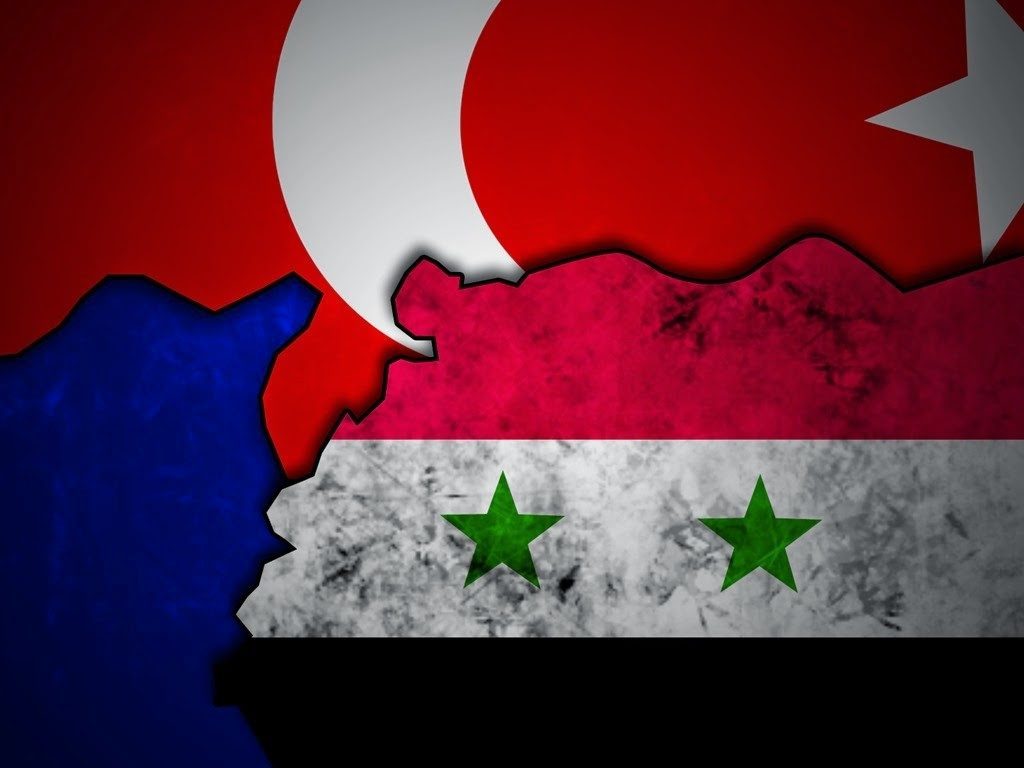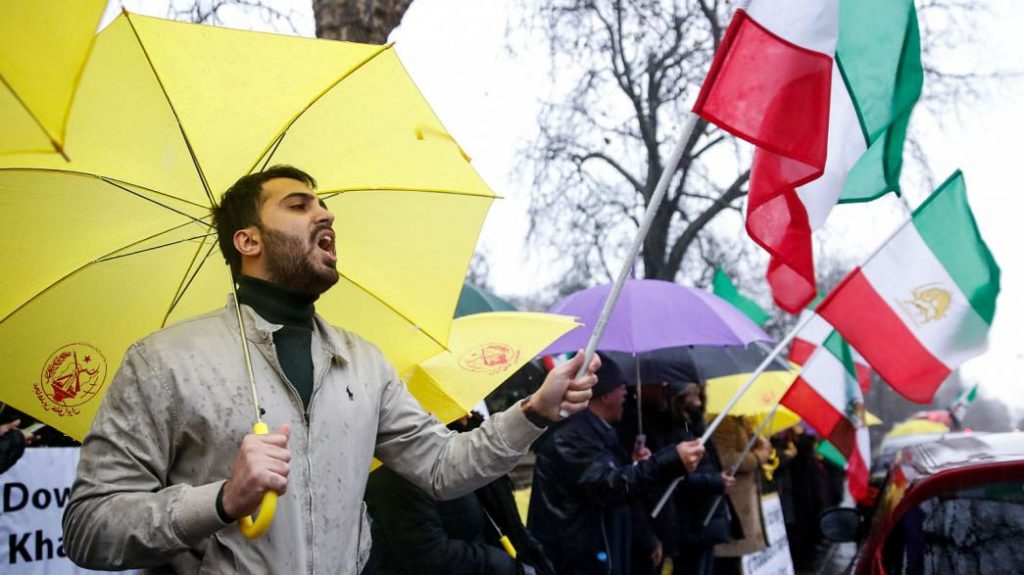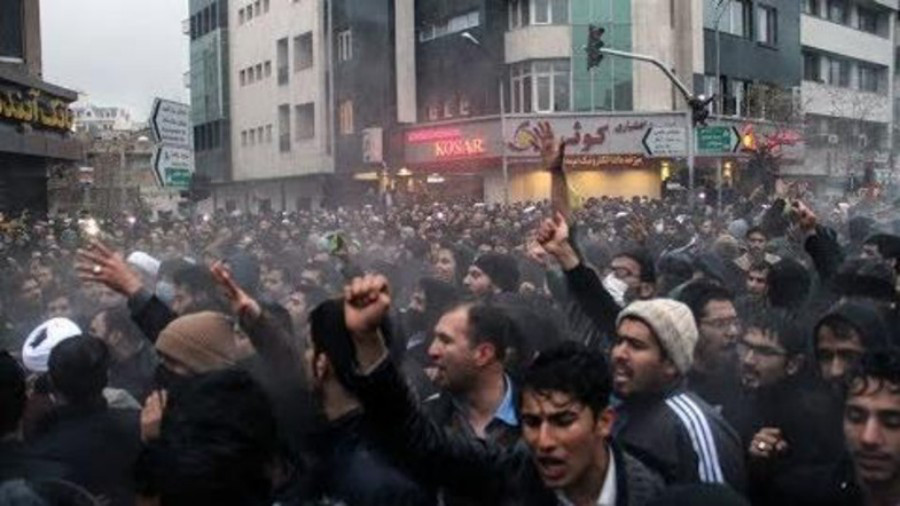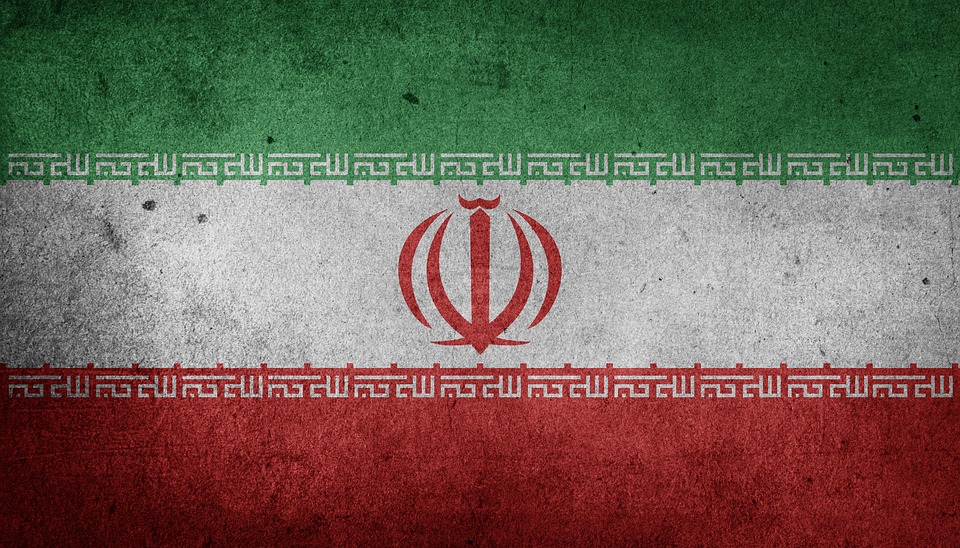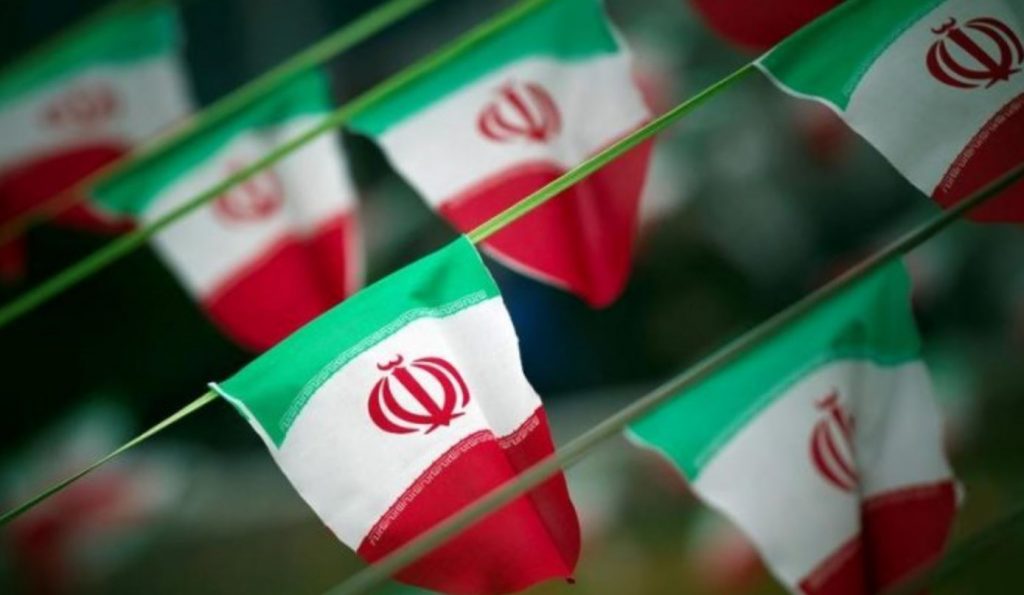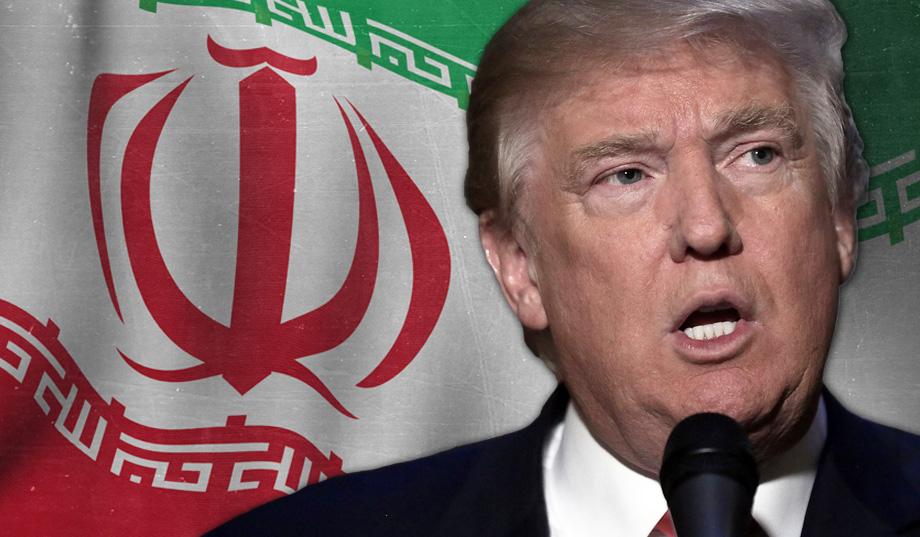 Brandon Turbeville
Brandon TurbevilleActivist Post
January 30, 2018
Turkey has invaded Syria to fight against the Kurds. Turkey is fighting alongside FSA terrorists while the United States, a Turkish ally is fighting alongside Kurdish terrorists. The Syrian military is pushing northwest toward Idlib city and the Russian, Iranian, and Hezbollah forces remain in the country to stabilize the situation and defeat jihadist groups continuing to operate there. The Kurds work with the FSA but the FSA is now working with the Turks. The FSA also works with the United States who in turn works with the Kurds.
This is a brief example of the complexities of the Syrian crisis, exacerbated by recent events. For most casual observers, it is becoming harder to determine who is fighting who and likewise who is working together. With so many competing agendas and interests, the waters have become so muddied even researchers and journalists familiar with the crisis are less clear as to what is happening in Syria right now.
In order to understand what is currently taking place in Syria, it is important to understand the interests of the parties involved. Quite simply, one needs to know what these parties want. After understanding the agenda of the nations taking part in the conflict, it will be easier to understand the possibilities in terms of where the recent Turk invasion is going to take Turkey, Syria, the United States, the Middle East, and the world.
The United States



